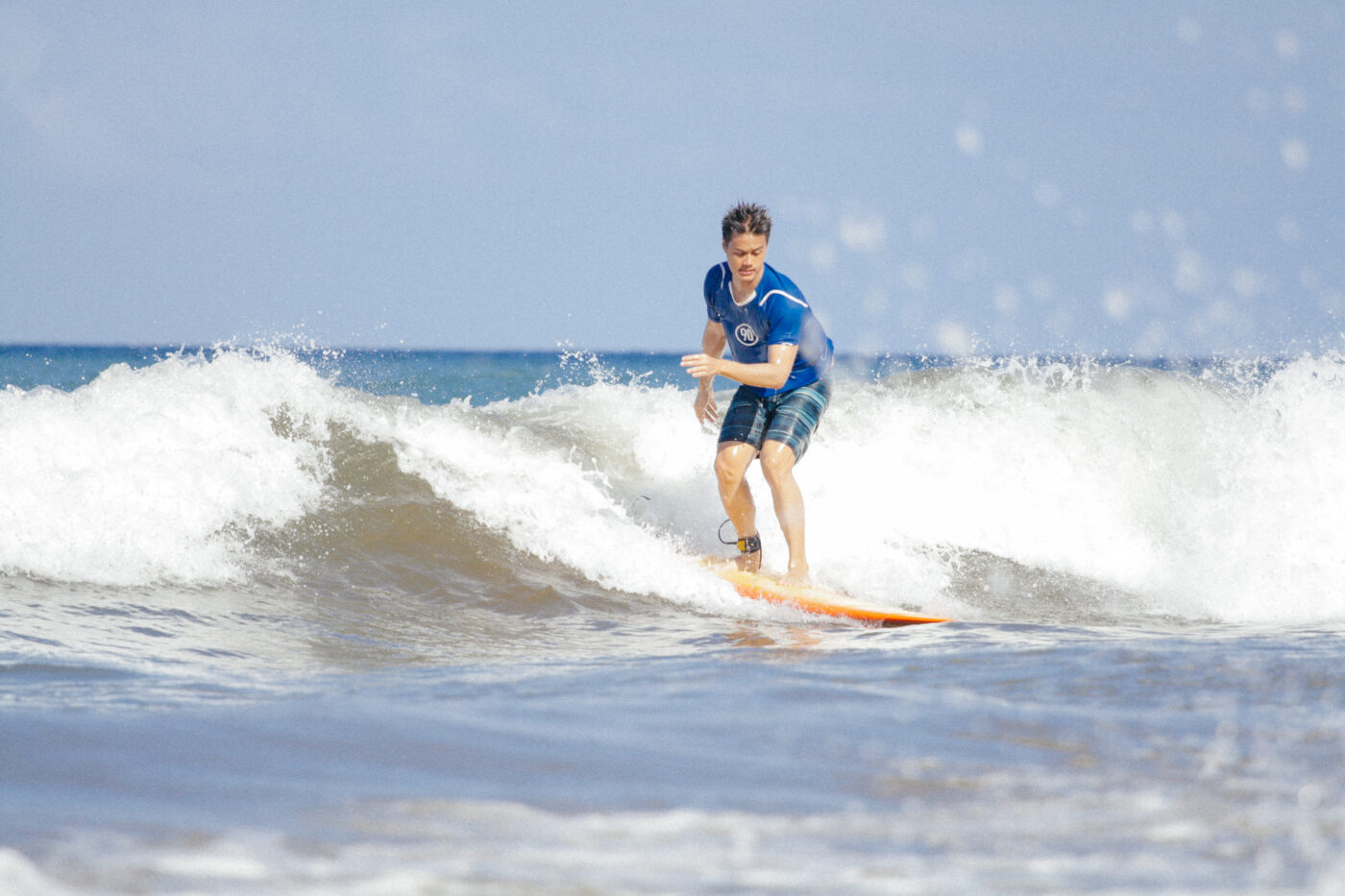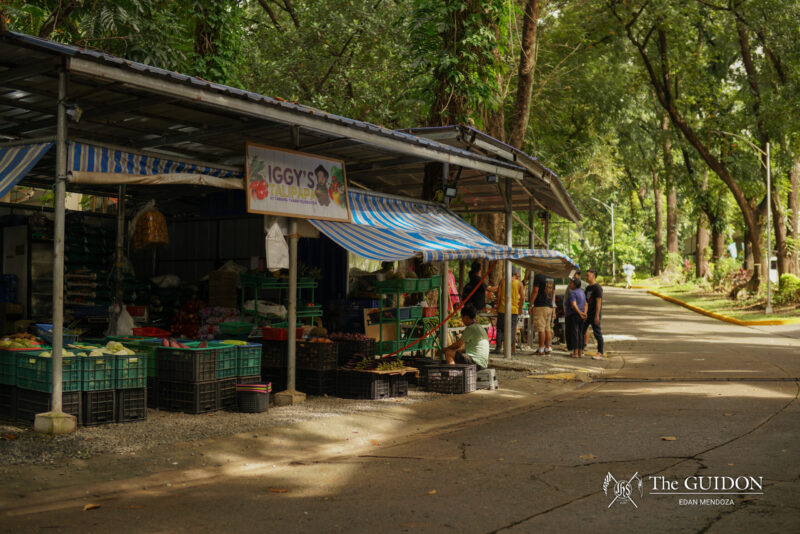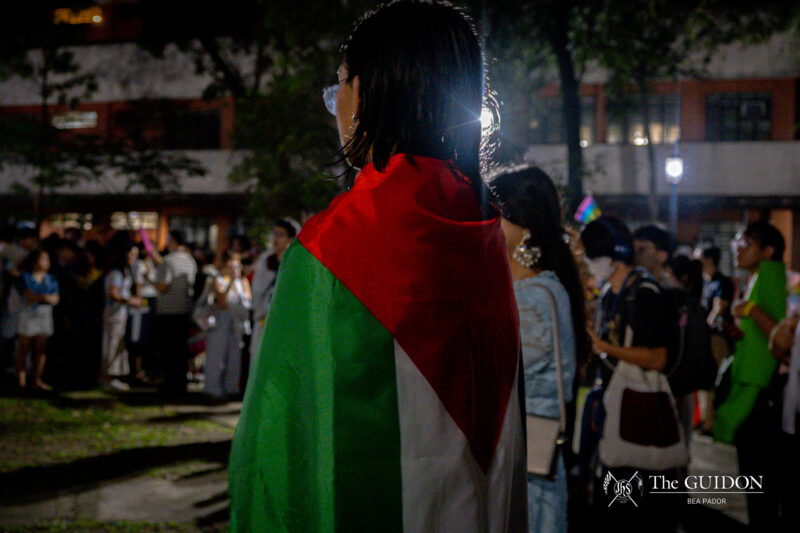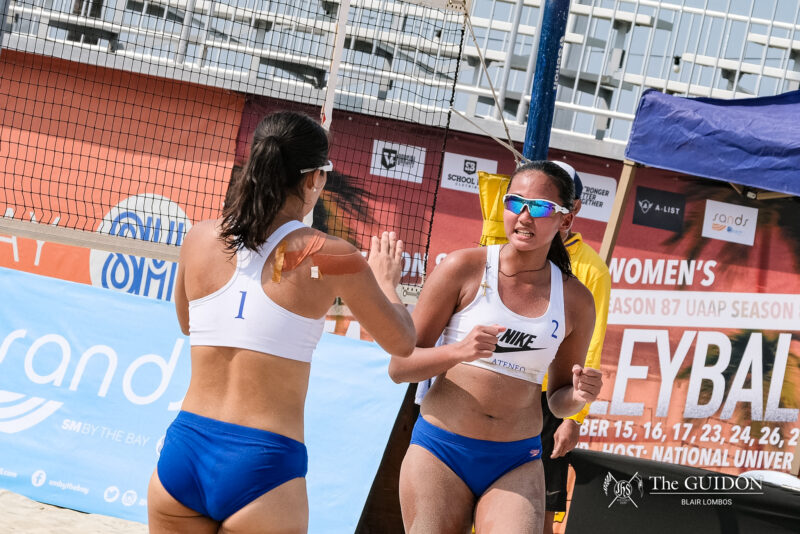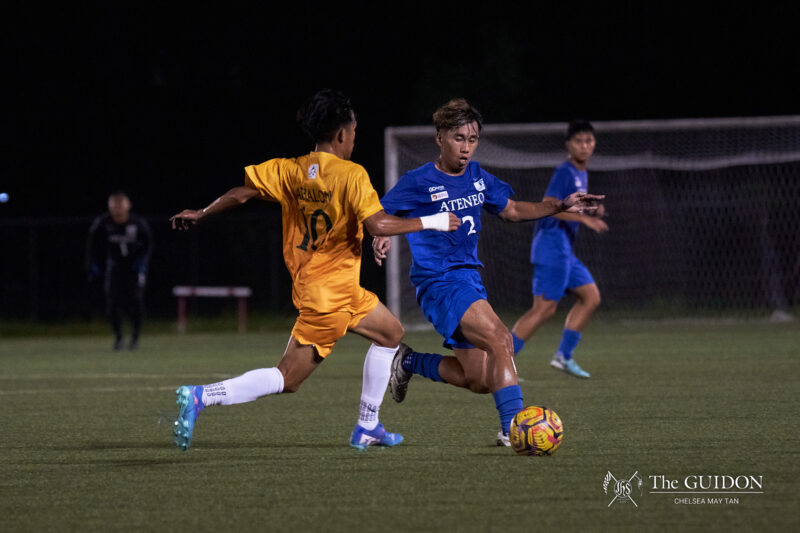“They say you never forget your first!” exclaims legal management senior Asia Wy as she fondly recounts the first time she faced the roaring waves of La Union. This past summer, she, along with her cousin and their friends, decided it would be a good idea to learn how to surf. Upon arriving at the beach, Wy remembers feeling intimidated by the size of the waves; their surfing instructor quickly reassured them that they were perfect for beginners like themselves.
In spite of the sore arms and the dehydration she felt by the end of that afternoon, she knew this wouldn’t be her last time out in the sea. “I told myself that [this wasn’t] the last time [I would] be surfing,” she shares. “I won’t let it be just a summer fling.”
For many surfers, both amateurs and professionals, this water sport has come a long way from being just another pastime by the beach. While the surfing community is still an emerging one, surfing seems poised to become the next must-try activity on everyone’s vacation bucket list.
Slow and steady
In a country teeming with sandy beaches, it is surprising that the local surfing community has taken this long to develop. In a 2012 interview with Rappler, Paolo Soler, the founder and president of the Philippine Surfing Academy (PSA), recalled that when he began surfing in 1997, there weren’t many like him. “Even if there were already surf spots where foreigners have decided to settle, there were only a handful of us in Metro Manila who would actually venture out to La Union to try to pick up this sport,” he said.
In 2008, Soler decided to open PSA. “When I went to Bali and I witnessed for myself the surfing industry there, I realized there was a big, big potential for the industry to grow here in the Philippines,” he told Rappler. Accredited by the Academy of Surfing Instructors Australia, PSA employs Red Cross-certified coaches to teach novices the proper techniques to master the sport.
“The surf community is slowly growing,” remarks Stoked Inc. Teamrider Carla Sebastian, though she concedes that it has yet to become as large as it is in places like Bali or Australia. In fact, it was only in the last decade that companies like Stoked Inc. began to sponsor surfers in competitions here, resorts were built to cater to people driving up to the beach and festivals were staged at top surf spots.
These days, more people are beginning to appreciate it as both an art and a lifestyle, as seen in festivals like the La Union Soul Surf where sun, sea, sand, music and friends come together. “I think the Soul Surf festival is a way to get the local community of the venue growing in terms of economy and tourism,” shares Sebastian. “It also makes people more aware of our country’s hidden gems. A great adventure is just waiting by the next bus stop.”
The perfect trip
The country’s tropical climate makes it ideal for beach activities, and when it comes to surfing, most agree that the best time is from September to March when the waves are at their highest and strongest. Save for the flat waves, those itching to take their surfboards out can count on it being surf season in at least one place at any given time of the year.
For newbies, surfing is immediately associated with La Union. Despite the grueling four-hour drive from Manila, the fun party atmosphere, friendly locals, large surfing community and year-round waves entice even the most unskilled of surfers. “If you go to La Union, you’re going to think you’re in Australia because they just fixed everything up so properly,” Soler told Rappler.
Besides La Union, surf aficionados also frequent Baler, Zambales and Siargao. Both Baler and Zambales are great alternatives to La Union because being three to four hours away from Manila makes them ideal for quick surfing weekenders.
Those seeking a true getaway, however, can head to Siargao in Surigao del Norte. The oldest and most popular surfing destination in the country, it has been dubbed the “Surfing Capital of the Philippines” by the Department of Tourism. “You really get the island lifestyle,” says Sebastian. ‘The air is fresh, the nature wild and free; it’s a tropical paradise.”
If a road trip doesn’t fit into the budget or schedule, Club Manila East has wave pools, which Soler called “the ultimate surfing treadmill.” These generate uniform waves and provide a controlled environment for surfers to master the basics of surfing before immersing themselves in the ocean.
Testing the waves
The stereotype of the surfer is easygoing and relaxed; he walks around with his trusty longboard tucked under his arm. “They say that surfers are always high, but no, they aren’t always high,” jokes legal management senior Jan Resurreccion. “[Surfing itself] gives you a different kind of high—even if you fall off right after riding a wave, you’re just happy.”
Behind their laidback exterior, surfers know that this sport can mean serious business. Safety, for one, is an utmost priority. “You never know when there’s an undertow in currents,” Resurreccion warns. “[When] the seabed changes and suddenly gets deeper, one of the major dangers is the board itself. If you don’t know how to handle it, you can get hit, fractured or unconscious.”
Some rules may surprise non-surfers, at least according to Wy, who says storms actually bring good swells for surfers. “I remember my instructor telling me to keep track of the weather forecast and come to La Union when there’s a storm that exits at that direction,” she recalls. “It seems dangerous to us, people from the city, because we experience storms differently from how [surfers] experience it.”
For competitive surfers like Sebastian, who has participated in the Stoked Inc. Philippine Wahine Classic, the Manila Surfers Association’s Siege of Baler 2 and the 8th Odyssey Waves National Surfing Competition, surfing entails great dedication. “[Competitions are] definitely a lot of pressure, but it’s all about staying calm and focused on doing your best,” she advises.
According to her, even beginners can apply these same principles: “Surfing is easy to learn but hard to get good at—I say this not because you have to be born with the skills but because to get good at surfing, you have to be determined and committed.”
Floating on
From Resurreccion’s perspective, the community of Atenean surfers isn’t well established yet. “It’s more of a barkada of surfers—graduates and superseniors,” he remarks.
While a surfing organization similar to Loyola Mountaineers and the Institute of Skin Divers Ateneo may still be a long way off, Wy is hopeful one will come to fruition. “If only I fell in love with surfing earlier, not on my senior year, I really would have thought of creating a surfing org,” she says.
Resurreccion thinks that there would certainly be a market for it among Ateneans. “There’s a current trend that I’ve noticed all over social media that people are getting into surfing and going to Baler,” he adds. “I think people would join and be interested.”
While Resurreccion sees this hypothetical organization as one that will promote environmental awareness, social sciences sophomore Choco Arucan has already envisioned the more practical side of it. “I want to set dates when I can go [surfing] with friends, so it’s easier to connect all surfers,” he explains.
Perhaps their task now is to get more people engaged, whether they are Ateneans or not. After all, the future of surf is looking bright. With fun new hostels like Flotsam and Jetsam in La Union and festivals like La Union Soul Surf and Summer Siren Festival beginning to attract droves of urban folk to the beach, it’s no longer far-fetched to hope for surfing to become more of a mainstream activity in the Philippines.
The best way to get people convinced, it seems, is for them to get their feet wet. “In some small way, you can conquer nature,” says Resurreccion. “I can’t explain it to you, you have to experience it.”

